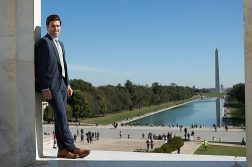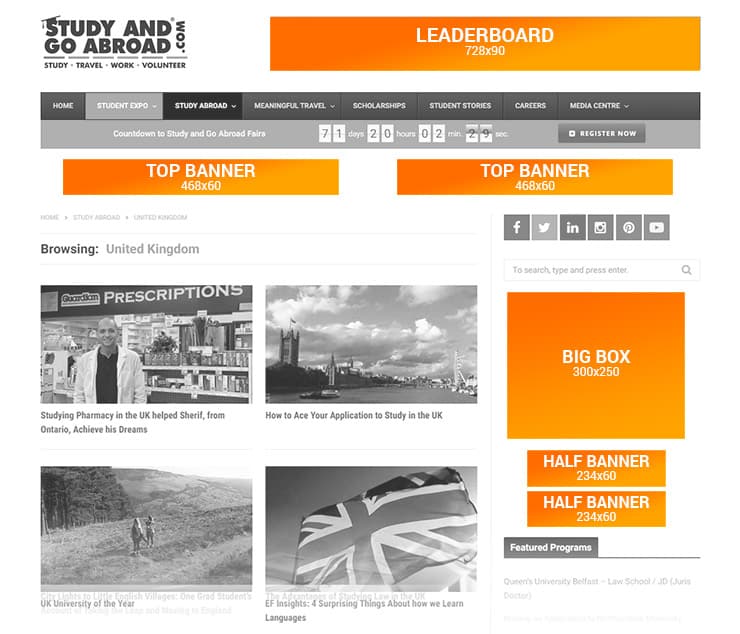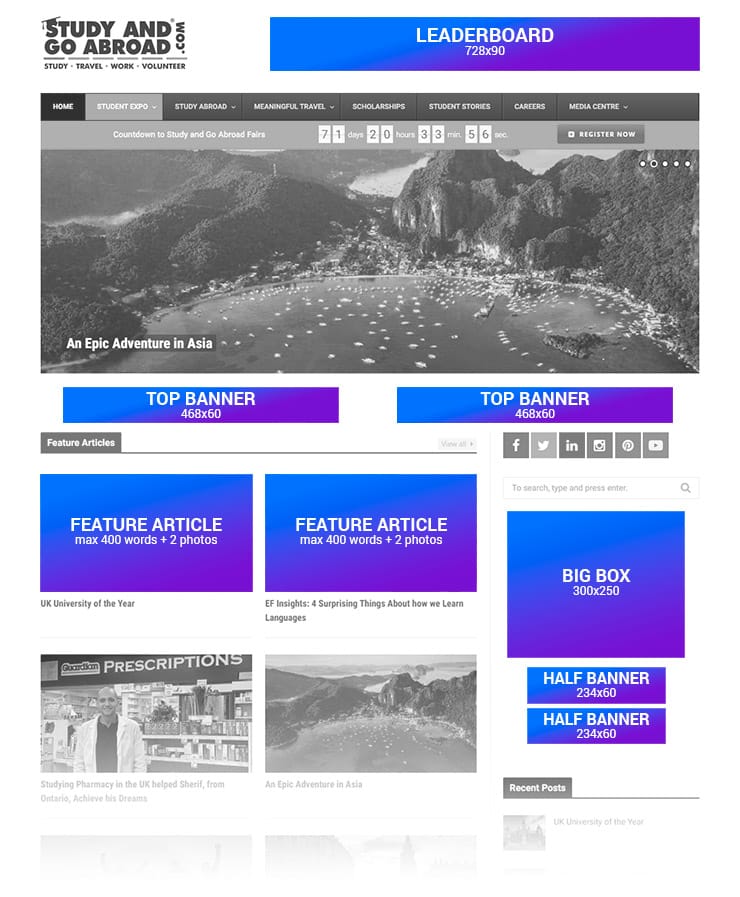Source: huffingtonpost.com
Recently, President Obama shared the news that his daughter, Malia, would be taking a gap year prior to attending Harvard University. More and more women are pursuing the gap year, a form of study abroad, as a vehicle to help close what they see as a persistent gap in gender equality in the job market. In fact, sixty-five percent of all American post-secondary students abroad during the 2012-2013 academic year were female. They are aptly using this year abroad to gain skills and knowledge prior to entering American higher education and the workforce.
As a study abroad coordinator in higher education for more than a decade, in recent years I have noticed an increase in the number of women who seek the gap year for career-minded endeavors. More and more females are entering my office to gain experience in so called “male dominant” STEM (Science, Technology, Engineering, and Math) fields. For example, my student Lydia wanted to study Environmental Sciences overseas, so I linked her to a program in Iceland to understand the impacts of global change around the world. Then, there was Joslyn who desired a gap year so that she could break in to the highly popular Anime industry. It was an easy decision to send her to Japanese institution that specializes in this kind of graphic design and animation. Quite interestingly, both students were inspired to take a year abroad in order to surpass the skills of competing males, and in turn, demand equal pay.
For decades, there has been the narrow view that females simply pursue study abroad gain more knowledgeable in a foreign language, or to take on a liberal arts focus. International education researchers Hoffa and Pearson (1997) helped to perpetuate the stereotype by reporting this: (1) Study abroad participants have primarily come from female-dominated majors such as languages and the liberal arts; (2) cultural values in the United States encourage men to pursue more so called “serious” curricular matters while in college.
This mentality still exists, and women continue to have to shake off this sorely outdated and inaccurate perspective. The reality is that women are “leading” the new evolution in study abroad, pushing for more high-impact programs for career growth and marketability. This is true in “male dominant disciplines.” Women are taking gap years to gain currency and expertise in highly competitive fields. Study Abroad institutions and groups are heeding the call to meet their demand.
Of course, gap year participants are not going to have the security detail of Malia Obama. Let’s be honest. So called “safe havens” do not exist. The most popular travel and study abroad destination is Western Europe. Yet recent terrorist attacks have plagued its popular cities such as Brussels, Paris, and Madrid. At home, prominent leaders are calling for American isolationism, policing of immigrant neighborhoods, and constructing great walls to secure our borders. Stepping off of the cliff into an abyss of isolation is not a realistic solution.
Instead, we must learn to better prepare and navigate through potential risks abroad. My book, Look Before Leaping: Risks, Liabilities and Repair of Study Abroad in Higher Education (2016) provides the roadmap, and has “23 best practices” to avoid study and travel abroad risks. Here are just a few:
1. Identity Theft and Protection of Valuables
When protecting yourself from theft, pickpockets may be the least of your concerns in today’s high tech world. Hackers can create a fake wireless access-point for you to log onto while assuming you are using the café or hotel’s free Wi-Fi; they can snatch your credit card information from kiosks that have USB ports, or install card readers in an ATM to access your card number and PIN. Identity theft also frequently occurs when you use your smart phone. My book, Look Before Leaping, is dedicated to these overseas issues and gives ways to protect your identity and other valuables.
2. Threats of Terrorism
With increased activities of terrorist groups like ISIS, increased numbers of global refugees, and constant changes with world populations, you really have to be aware of your overseas surroundings. Kidnapping for human trafficking is often overlooked but is another form of terrorism. A reported 21 to 30 million men, women and children are enslaved today due to human trafficking. It is therefore essential for young women, in particular, to travel with two or more partners. One travel partner is not enough since two people can easily be separated in a crowded market or busy street. The more sets of eyes that are on you, the better.
3. Pre-Departure Orientation
Always go with a provider that gives pre-departure orientation sessions. If they don’t offer them, look for another gap year provider. Pre-departure orientation sessions should provide do’s and don’ts while abroad, relate potential risks, and tips on staying safe while abroad. In addition, essential information about how to acquire a Passport and travel visa, obtaining proper immunizations, and items to pack are typical at these sessions.
Malia Obama and more and more young women are choosing to take a gap year which will take them overseas. As they do, they are also pushing for more career-driven programs. These smart young women know the importance of getting a “step up” when entering higher education and the workforce in an effort to offset ongoing gender disparities in the job market. In turn, study abroad programs throughout the country are reaping the benefits of a rebirth in growth and cutting edge program design. The latest studies show that 66,408 more students enrolled in study abroad than the previous year. An evolution in study abroad is taking place, and organizers have women to thank for having steered this movement.
Dr. Gregory F. Malveaux is the author of Look Before Leaping: Risks, Liabilities and Repair of Study Abroad in Higher Education (2016) with Rowman & Littlefield publisher.







